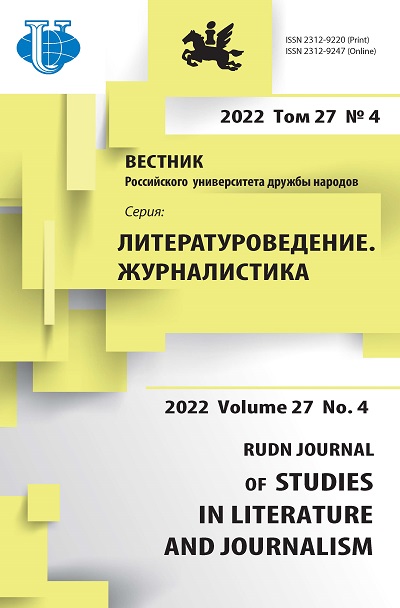Abstract
The conceptual apparatus of contemporary communicology does not differentiate between the concepts of “opinion leader” and “influencer”. To solve this problem, the author uses a poly-paradigmatic approach using a set of methods: historical and genetic analysis, structural analysis and socio-cultural modelling. As a result of the study, the author offers an author's definition of the concept of “influencer” as a special type of public opinion leader - an independent medium, which spreads its direct influence on the Internet (mainly in social media) through a direct communication channel using new tactics of positioning (the integration of private and public). At the same time, influencer has a significant impact on the target audience, promoting certain ideas (ideological, consumerist, etc.), which ultimately affects the system of norms, values and attitudes of the recipients. The author outlines the limitations of the study and identifies perspective direction related to the need for further substantiation of the above-mentioned media and communication phenomenon. The expediency of addressing the notion of “influencer” from academic positions is shown, and the necessity of its discrete inclusion in the interdisciplinary scientific discourse is substantiated.
















